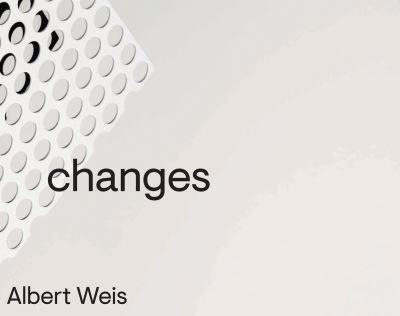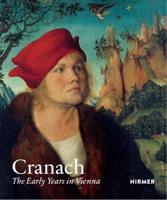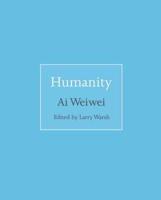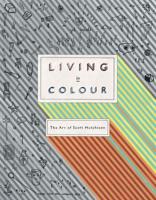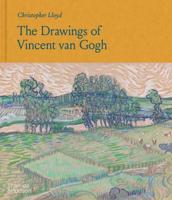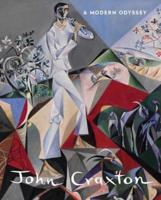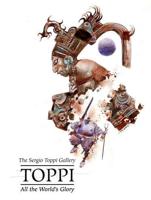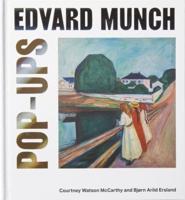Publisher's Synopsis
Since the late 1990s, Albert Weis's art has gained widespread public attention. His installations with their references to architecture, as well as his sculptural and photographic works, analyse the complex nature of urban spaces and examine how people interact with them. In addition to Weis's visual exploration of existing urban spaces with his camera, he also investigates the utopian and dystopian qualities of modern architecture - above all by means of physical interventions. He is particularly intrigued by surfaces as the level where internal and external, inside and outside, private and public are both separated and bridged. Using mirrors, aluminum plates, screentone sheets, coloured foil, perforated plates, and neon tubes, the artist creates intricate structures. These works duplicate, enhance, and even optically negate surfaces through folds, reflections, and mirror images. Weis's installations consistently raise the question of how architecture and design guide, limit, or liberate people's everyday lives. What functions do the buildings that surround us serve? How do roads and walkways allow us to negotiate our urban landscape? How does architecture influence our movements? This book is the first-ever comprehensive monograph on Albert Weis. Containing numerous essays, in-depth information on individual works, and a wealth of images, it provides unique insights into the rich and diverse oeuvre of the artist. Text in English and German.
